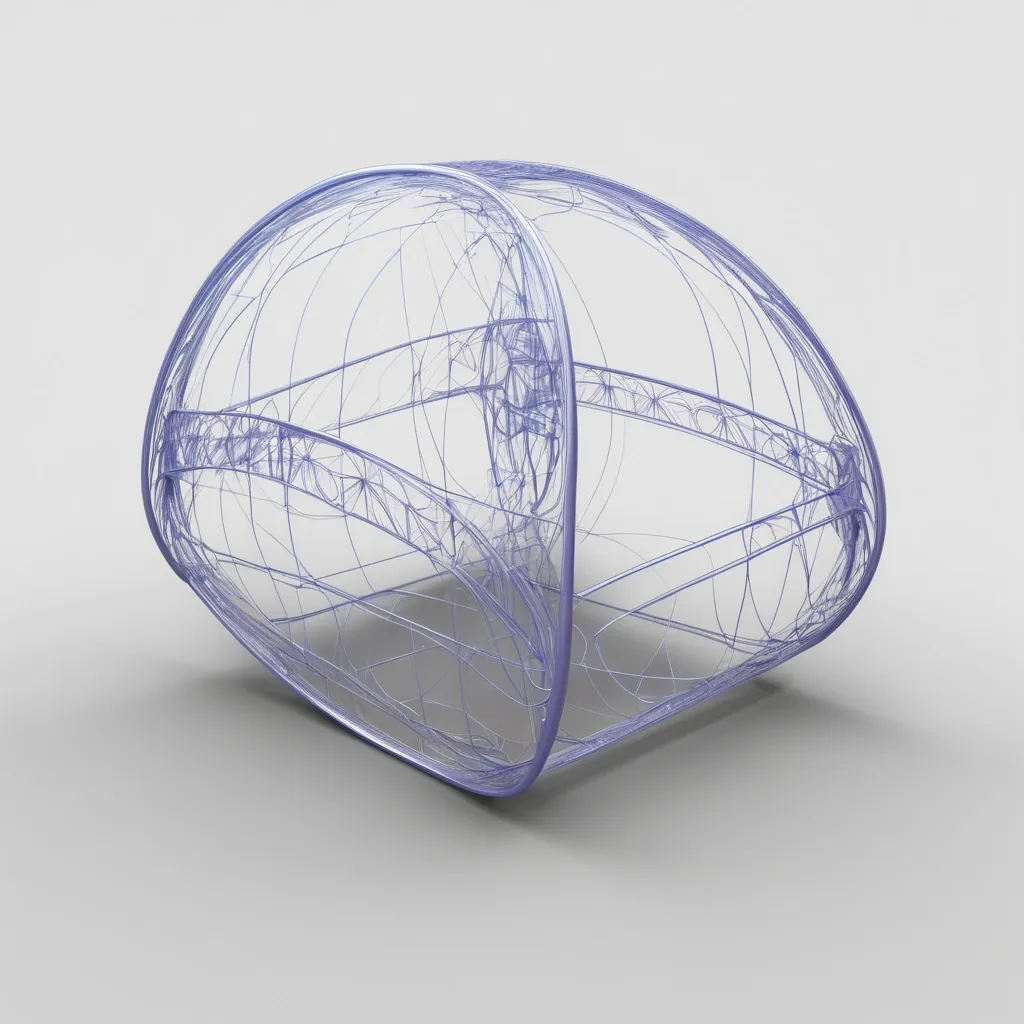Search Results for pacing
Explore AI generated designs, images, art and prompts by top community artists and designers.

A minimal editorial illustration of a person flying a kite in a wide blue sky with soft white clouds. The person is shown from the side/back , wearing a muted earthy shirt , holding a thin white kite string. The kite is formed entirely from stacked white uppercase typography , arranged diagonally to create a clear diamond-shaped kite silhouette. The words forming the kite are: UTTARAYAN HAPPY MAKAR SANKRANTI The text itself shapes in the kite , with perspective and spacing that suggest movement in the wind , similar to typographic kites in modern poster design. A small triangular tail or arrow appears below the text , connected to the string. Flat illustration style , subtle paper grain texture , calm aspirational mood , minimal composition , strong negative space. ,

Create a vertical flyer for Instagram with a minimalist and sophisticated look , using a white or light rose background. The layout should elegantly and balancedly highlight a complete mobile (spaceX) (fully visible) and money in Rs , 100 bills. Use text boxes with a Mature woman wearing a traditional Indian outfit with intricate embroidery and vibrant colors , paired with neutral face makeup and a subtle smile , featuring dusky skin tone , beautiful makeup with defined brows , luscious lashes , and rosy lips , posing in a stylish setting with a soft focus background and thin gold or light gray borders to separate the text from the background and maintain a clean aesthetic. 🖼️ VISUAL COMPOSITION 📍 TOP Centered text box at the top with a translucent white background and thin gold border: 🎉 SPECIAL FESTIVAL OFFER (serif or modern , elegant font) 📱 MAIN BLOCK (IMAGE) Center a large image of a lemon color new mobile device (SpaceX) , completely visible , with a slight soft shadow around it to highlight it from the background. Next to the mobile (SpaceX) , slightly overlapping , add stacked or flying R$100 bills , with a touch of soft shine to give an elegant contrast. 📝 CENTRAL TITLE Just below the images , in a box with a white background and gold border: 📲 Win an mobile (spaceX) or Rs , 3 , 000 via Pix (large , clean and sophisticated font) 💰 PRICE BLOCK Smaller box below the title , with a very light beige background and soft gray border: 💸 RAFFLE: R$20 per number (“R$20” highlighted in bold font) 📋 RULES Text box with a translucent white background , thin border , discreet icons: ✅ 1. Like this post ❤️ ✅ 2. Tag 2 friends 👯 ✅ 3. Follow the profile 📲 ✅ 4. Message me on Direct to secure your number 💬 (organize in 2 columns or in a list , generous spacing) 📅 FOOTER – DATE AND CTA Thin gold line separating the footer. Centered text box: 📆 Giveaway on January 16th , 2026 (light and elegant font) Button with dark rose background , white text: PARTICIPATE NOW 🧠 STYLE DETAILS ✔ Text boxes with light background and thin borders to maintain easy readability ✔ Small and delicate icons (heart , friends , direct message , calendar) ✔ Ample spacing between blocks ✔ Use of subtle shadows on images to add depth ,

Create a vertical flyer for Instagram (1080x1350) with a minimalist and sophisticated look , using a white or light rose background. The layout should elegantly and balancedly highlight a complete mobile (spaceX) (fully visible) and money in Rs , 100 bills. Use text boxes with a Mature woman wearing a traditional Indian outfit with intricate embroidery and vibrant colors , paired with neutral face makeup and a subtle smile , featuring dusky skin tone , beautiful makeup with defined brows , luscious lashes , and rosy lips , posing in a stylish setting with a soft focus background and thin gold or light gray borders to separate the text from the background and maintain a clean aesthetic. 🖼️ VISUAL COMPOSITION 📍 TOP Centered text box at the top with a translucent white background and thin gold border: 🎉 SPECIAL FESTIVAL OFFER (serif or modern , elegant font) 📱 MAIN BLOCK (IMAGE) Center a large image of a lemon color new mobile device (spaceX) , completely visible , with a slight soft shadow around it to highlight it from the background. Next to the mobile (spaceX) , slightly overlapping , add stacked or flying R$100 bills , with a touch of soft shine to give an elegant contrast. 📝 CENTRAL TITLE Just below the images , in a box with a white background and gold border: 📲 Win an mobile (spaceX) or Rs , 3 , 000 via Pix (large , clean and sophisticated font) 💰 PRICE BLOCK Smaller box below the title , with a very light beige background and soft gray border: 💸 RAFFLE: R$20 per number (“R$20” highlighted in bold font) 📋 RULES Text box with a translucent white background , thin border , discreet icons: ✅ 1. Like this post ❤️ ✅ 2. Tag 2 friends 👯 ✅ 3. Follow the profile 📲 ✅ 4. Message me on Direct to secure your number 💬 (organize in 2 columns or in a list , generous spacing) 📅 FOOTER – DATE AND CTA Thin gold line separating the footer. Centered text box: 📆 Giveaway on January 16th , 2026 (light and elegant font) Button with dark rose background , white text: PARTICIPATE NOW 🧠 STYLE DETAILS ✔ Text boxes with light background and thin borders to maintain easy readability ✔ Small and delicate icons (heart , friends , direct message , calendar) ✔ Ample spacing between blocks ✔ Use of subtle shadows on images to add depth ,
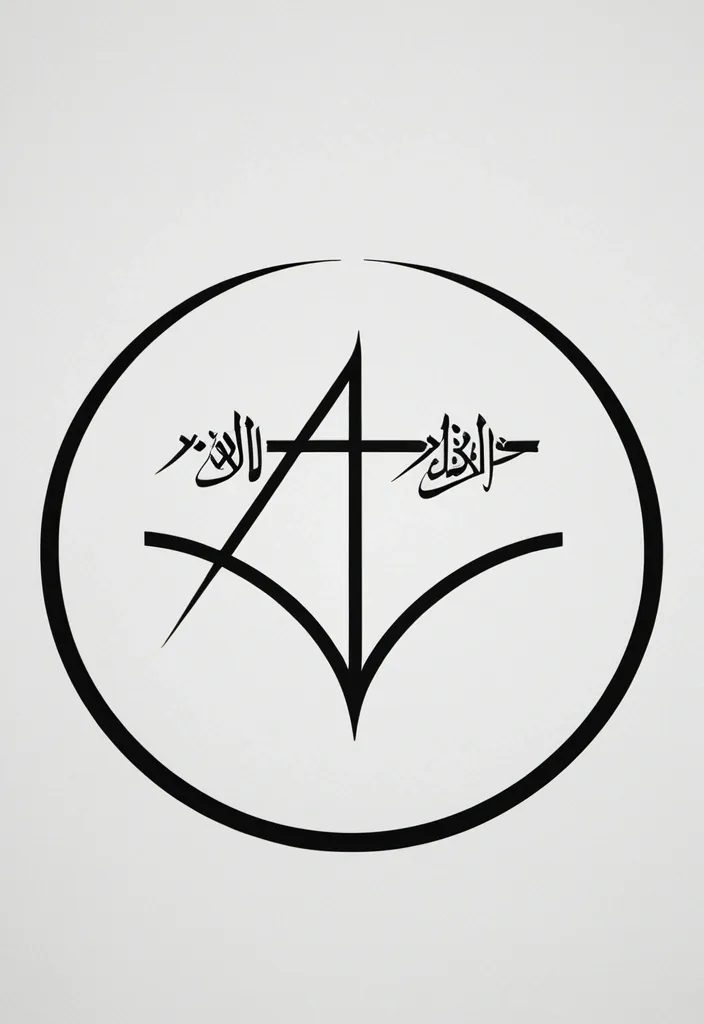
"Minimalist black ink tattoo design (5cm diameter semi-circle) , ONLY featuring: 1. TOP HALF: - Aramaic text 'ܚܛܗܐ ܕܡܫܝܚܐ' in clean Estrangelo script , thin precise lines. 2. BOTTOM HALF: - Aramaic text 'ܐܠܗܐ ܕܡܝܬܐ' in bold fractured style. NO images. NO symbols. NO colors. NO textures. Pure typography with perfect spacing. Text must be crystal clear at 5cm. --ar 1:1 --v 6 --style raw --no decoration shading effects" ,

beautiful young woman , calm demeanor , soft deep gaze into the camera , peaceful expression , background of elegant European street , soft bokeh , shallow depth of field , cinematic atmosphere , blurred buildings , luxury feeling , soft lighting , warm tones , cinematic color grading , golden hour ambiance , natural sunlight glow , subtle shadows , slow zoom-in , gentle camera pan , slight parallax movement , subtle lens breathing , no camera shake , steady face lock , no lip movement , calm and serene mood , gentle melancholy , soft emotion , understated elegance , hand slowly and naturally lowers down , graceful hand movement , arm relaxed and resting at side , eyes slowly shift gaze to the distance , gentle transition , slowly closes eyes , serene and peaceful , smooth transition , natural timing , cinematic pacing ,
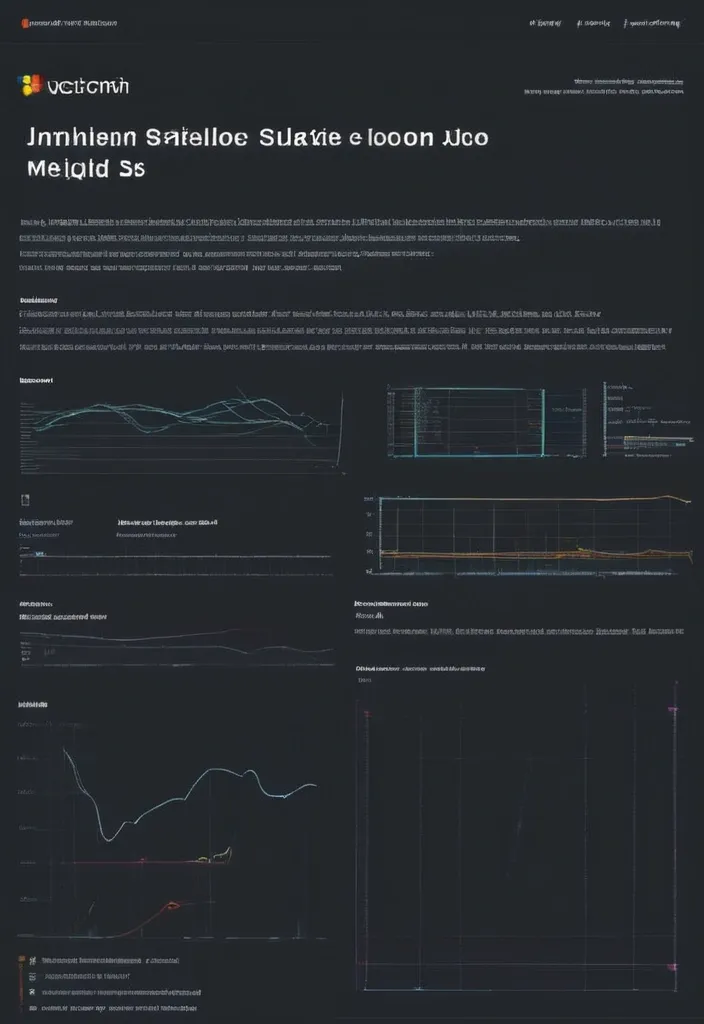
# Employee Growth ## 1. Introduction This document outlines the UI/UX requirements for a website that monitors employee growth in software engineering companies. The platform will enable employees to track their competencies , team leaders to manage their team’s development , and SuperAdmins to oversee competency standards and book recommendations. ### **Target Audience** - **Employees**: View their competency matrix , track progress , and participate in 1:1 meetings. - **Team Leaders**: Manage their team’s competency growth , schedule 1:1 meetings , and provide guidance. - **SuperAdmins**: Manage competencies , approve book recommendations , and oversee system-wide progress. ### **Key Goals** - Provide a structured competency matrix. - Enable employees to track and improve their skills. - Facilitate team leaders in managing and mentoring their team members. - Allow SuperAdmins to maintain and update the competency framework. ## 2. User Roles and Permissions ### **Employee** - View personal competency matrix. - Track progress and assigned competencies. - Suggest book chapters for competencies. - Participate in 1:1 meetings. ### **Team Leader** - View and manage team members' competency progress. - Assign competencies to team members for improvement. - Conduct 1:1 meetings and maintain notes. - Participate in 1:1 meetings with upper management. ### **SuperAdmin** - Add and manage competencies. - Assign recommended books and chapters to competencies. - Approve or reject suggested book chapters from employees. - Oversee system-wide competency progress. ## 3. Core Features & Pages ### **1. Login Page** - Username and password authentication. - Role-based redirection (Employee , Team Leader , SuperAdmin). ### **2. Main Page - Competency Matrix** - Displays all available competencies. - Clickable competencies to view details. ### **3. Engineer Page (Dashboard)** - Charts displaying progress in current role. - Percentage completion of competencies required for the next level. ### **4. Team Page (For Team Leaders)** - List of engineers under management. - Overview of each engineer’s competencies and their current focus areas. ### **5. 1:1 Meetings Page(optional)** - List of scheduled and past 1:1 meetings. - Notepad feature for meeting notes. - History of past competencies assigned and progress. ### **6. SuperAdmin Competency Management** - Add , edit , or remove competencies. - Assign recommended book chapters. - Review and approve book suggestions from users. ## 4. User Flow 1. User logs in. 2. Employees navigate to their competency matrix. 3. Team leaders access the team page to monitor and assign competencies. 4. Employees and team leaders conduct 1:1 meetings. 5. SuperAdmins manage competencies and book recommendations. ## 5. Design & Style Guidelines - **Primary Color**: To be specified. - **UI Style**: Clean , modern , and intuitive. - **Typography**: Readable font with sufficient spacing. ## 6. Data & Metrics - Competency scores (1-5 scale) displayed in charts. - Overall role mastery percentage. - Historical competency trends. ## 7. Interaction & Feedback (Optional) - Clickable competencies with tooltips and descriptions. - Notifications for assigned competencies. - Confirmation prompts for major actions. ,
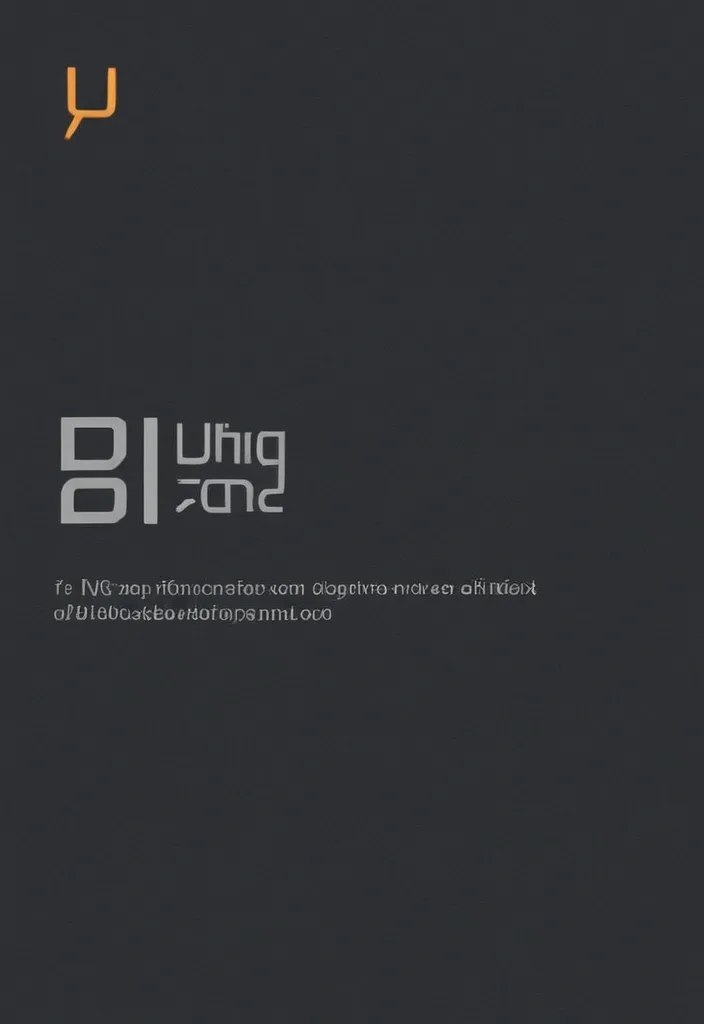
# Employee Growth ## 1. Introduction This document outlines the UI/UX requirements for a website that monitors employee growth in software engineering companies. The platform will enable employees to track their competencies , team leaders to manage their team’s development , and SuperAdmins to oversee competency standards and book recommendations. ### **Target Audience** - **Employees**: View their competency matrix , track progress , and participate in 1:1 meetings. - **Team Leaders**: Manage their team’s competency growth , schedule 1:1 meetings , and provide guidance. - **SuperAdmins**: Manage competencies , approve book recommendations , and oversee system-wide progress. ### **Key Goals** - Provide a structured competency matrix. - Enable employees to track and improve their skills. - Facilitate team leaders in managing and mentoring their team members. - Allow SuperAdmins to maintain and update the competency framework. ## 2. User Roles and Permissions ### **Employee** - View personal competency matrix. - Track progress and assigned competencies. - Suggest book chapters for competencies. - Participate in 1:1 meetings. ### **Team Leader** - View and manage team members' competency progress. - Assign competencies to team members for improvement. - Conduct 1:1 meetings and maintain notes. - Participate in 1:1 meetings with upper management. ### **SuperAdmin** - Add and manage competencies. - Assign recommended books and chapters to competencies. - Approve or reject suggested book chapters from employees. - Oversee system-wide competency progress. ## 3. Core Features & Pages ### **1. Login Page** - Username and password authentication. - Role-based redirection (Employee , Team Leader , SuperAdmin). ### **2. Main Page - Competency Matrix** - Displays all available competencies. - Clickable competencies to view details. ### **3. Engineer Page (Dashboard)** - Charts displaying progress in current role. - Percentage completion of competencies required for the next level. ### **4. Team Page (For Team Leaders)** - List of engineers under management. - Overview of each engineer’s competencies and their current focus areas. ### **5. 1:1 Meetings Page(optional)** - List of scheduled and past 1:1 meetings. - Notepad feature for meeting notes. - History of past competencies assigned and progress. ### **6. SuperAdmin Competency Management** - Add , edit , or remove competencies. - Assign recommended book chapters. - Review and approve book suggestions from users. ## 4. User Flow 1. User logs in. 2. Employees navigate to their competency matrix. 3. Team leaders access the team page to monitor and assign competencies. 4. Employees and team leaders conduct 1:1 meetings. 5. SuperAdmins manage competencies and book recommendations. ## 5. Design & Style Guidelines - **Primary Color**: To be specified. - **UI Style**: Clean , modern , and intuitive. - **Typography**: Readable font with sufficient spacing. ## 6. Data & Metrics - Competency scores (1-5 scale) displayed in charts. - Overall role mastery percentage. - Historical competency trends. ## 7. Interaction & Feedback (Optional) - Clickable competencies with tooltips and descriptions. - Notifications for assigned competencies. - Confirmation prompts for major actions. ,
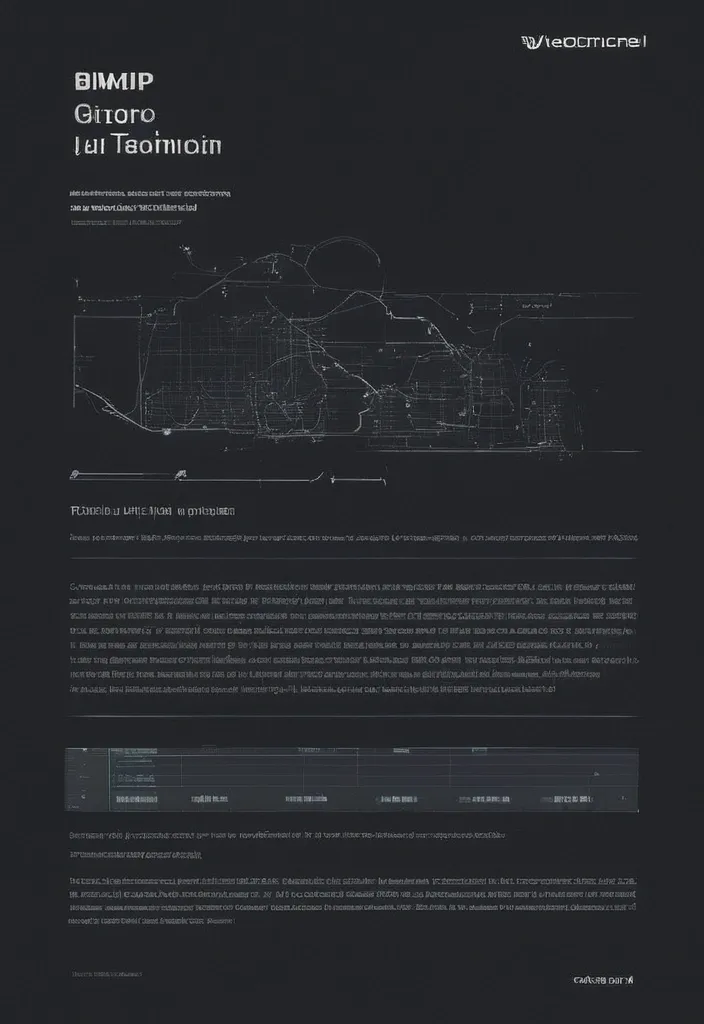
# Employee Growth ## 1. Introduction This document outlines the UI/UX requirements for a website that monitors employee growth in software engineering companies. The platform will enable employees to track their competencies , team leaders to manage their team’s development , and SuperAdmins to oversee competency standards and book recommendations. ### **Target Audience** - **Employees**: View their competency matrix , track progress , and participate in 1:1 meetings. - **Team Leaders**: Manage their team’s competency growth , schedule 1:1 meetings , and provide guidance. - **SuperAdmins**: Manage competencies , approve book recommendations , and oversee system-wide progress. ### **Key Goals** - Provide a structured competency matrix. - Enable employees to track and improve their skills. - Facilitate team leaders in managing and mentoring their team members. - Allow SuperAdmins to maintain and update the competency framework. ## 2. User Roles and Permissions ### **Employee** - View personal competency matrix. - Track progress and assigned competencies. - Suggest book chapters for competencies. - Participate in 1:1 meetings. ### **Team Leader** - View and manage team members' competency progress. - Assign competencies to team members for improvement. - Conduct 1:1 meetings and maintain notes. - Participate in 1:1 meetings with upper management. ### **SuperAdmin** - Add and manage competencies. - Assign recommended books and chapters to competencies. - Approve or reject suggested book chapters from employees. - Oversee system-wide competency progress. ## 3. Core Features & Pages ### **1. Login Page** - Username and password authentication. - Role-based redirection (Employee , Team Leader , SuperAdmin). ### **2. Main Page - Competency Matrix** - Displays all available competencies. - Clickable competencies to view details. ### **3. Engineer Page (Dashboard)** - Charts displaying progress in current role. - Percentage completion of competencies required for the next level. ### **4. Team Page (For Team Leaders)** - List of engineers under management. - Overview of each engineer’s competencies and their current focus areas. ### **5. 1:1 Meetings Page(optional)** - List of scheduled and past 1:1 meetings. - Notepad feature for meeting notes. - History of past competencies assigned and progress. ### **6. SuperAdmin Competency Management** - Add , edit , or remove competencies. - Assign recommended book chapters. - Review and approve book suggestions from users. ## 4. User Flow 1. User logs in. 2. Employees navigate to their competency matrix. 3. Team leaders access the team page to monitor and assign competencies. 4. Employees and team leaders conduct 1:1 meetings. 5. SuperAdmins manage competencies and book recommendations. ## 5. Design & Style Guidelines - **Primary Color**: To be specified. - **UI Style**: Clean , modern , and intuitive. - **Typography**: Readable font with sufficient spacing. ## 6. Data & Metrics - Competency scores (1-5 scale) displayed in charts. - Overall role mastery percentage. - Historical competency trends. ## 7. Interaction & Feedback (Optional) - Clickable competencies with tooltips and descriptions. - Notifications for assigned competencies. - Confirmation prompts for major actions. ,
portrait and landscape painting on a wall. visual but generative art , polished and fully lit environments elements and characters vibrant colors glistening geometric with fibonacci spacing high definition , axonometric drawings , liminal diffusion , liminal spaces and environments , latent space environment chirality expression. think like a baby. ,
full portrait and / or landscape painting for a wall. high taste. visual but photorealistic art , polished and fully lit environments ( elements , and characters ) , chakra colors , euclid geometry with / and / or fibonacci spacing high definition , axonometric drawings , liminal diffusion , spaces , and environments. latent space environment chirality expression. think like a baby. ,

Create a minimalist poster that features the following lyrics. The design should be simple , elegant , and visually appealing , highlighting the lyrics as the central element. Lyrics to Include: Agar tum saath ho Dil ye sambhal jaaye Agar tum saath ho Har gham phisal jaaye Agar tum saath ho Din ye nikal jaaye Agar tum saath ho Har gham phisal jaaye Design Elements: Arrange the lyrics in a balanced manner. Consider using different font sizes or weights to emphasize certain lines or phrases. Keep the background plain or with minimal texture to ensure the text stands out. If using images or illustrations , keep them subtle and relevant , such as abstract shapes or minimalistic line art that complements the text without overshadowing it. Ensure there is adequate spacing between the lines and around the text to maintain a clean and uncluttered look. Format: The overall mood of the poster should reflect the emotional and supportive theme of the selfless love. Avoid overly complex or distracting elements that could detract from the lyrics. ,


